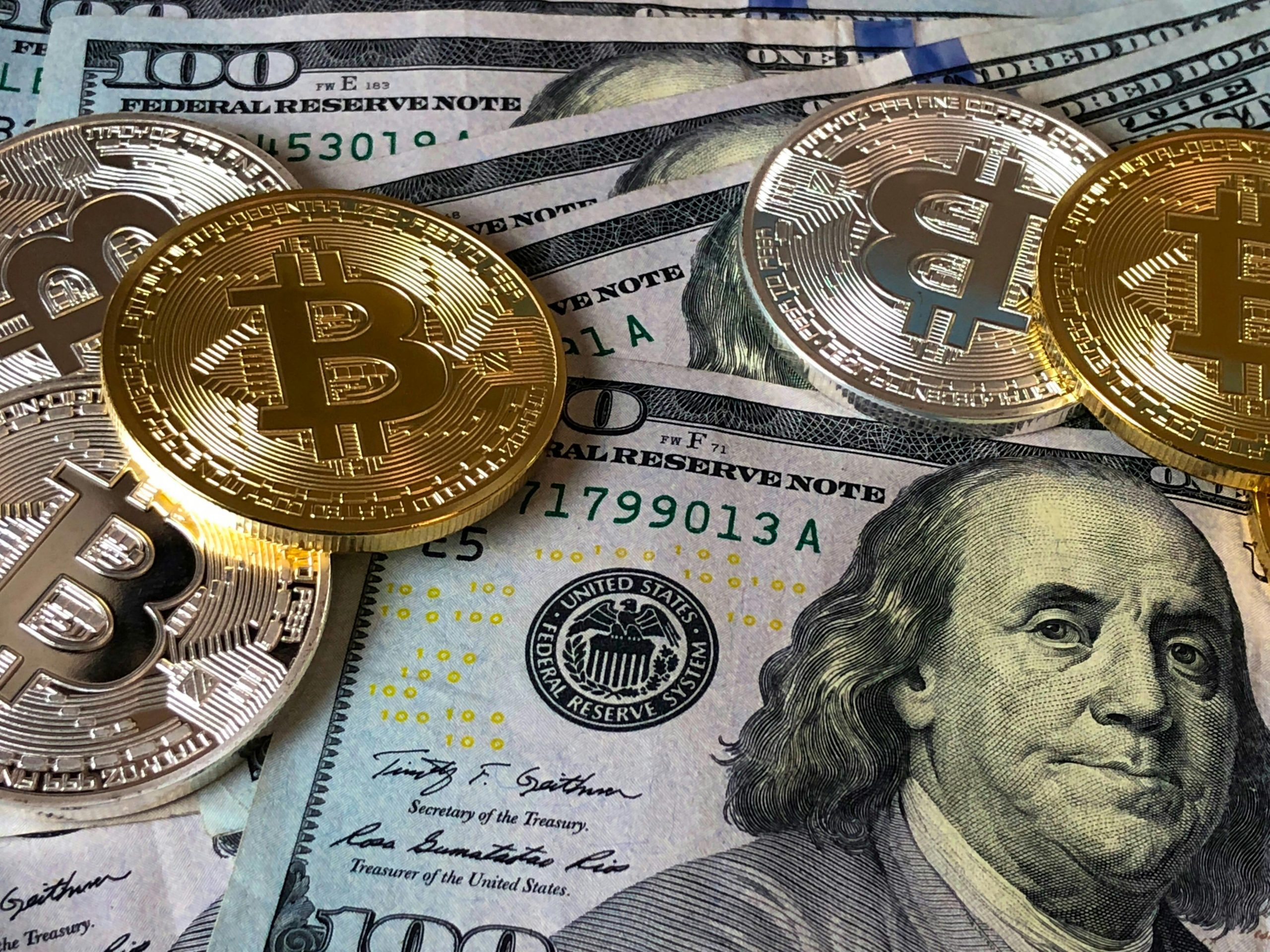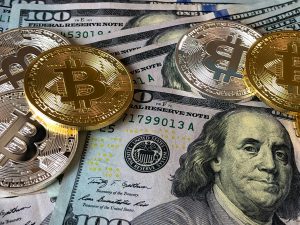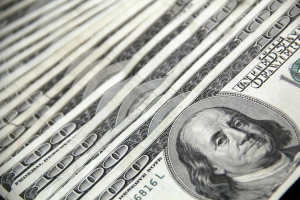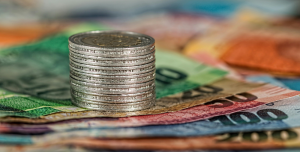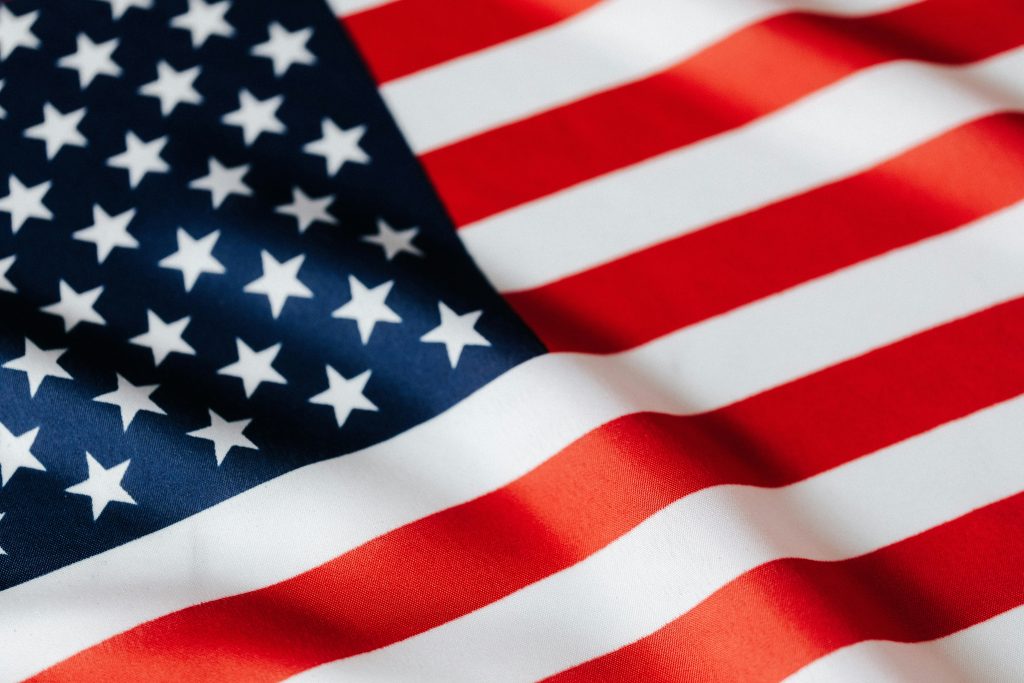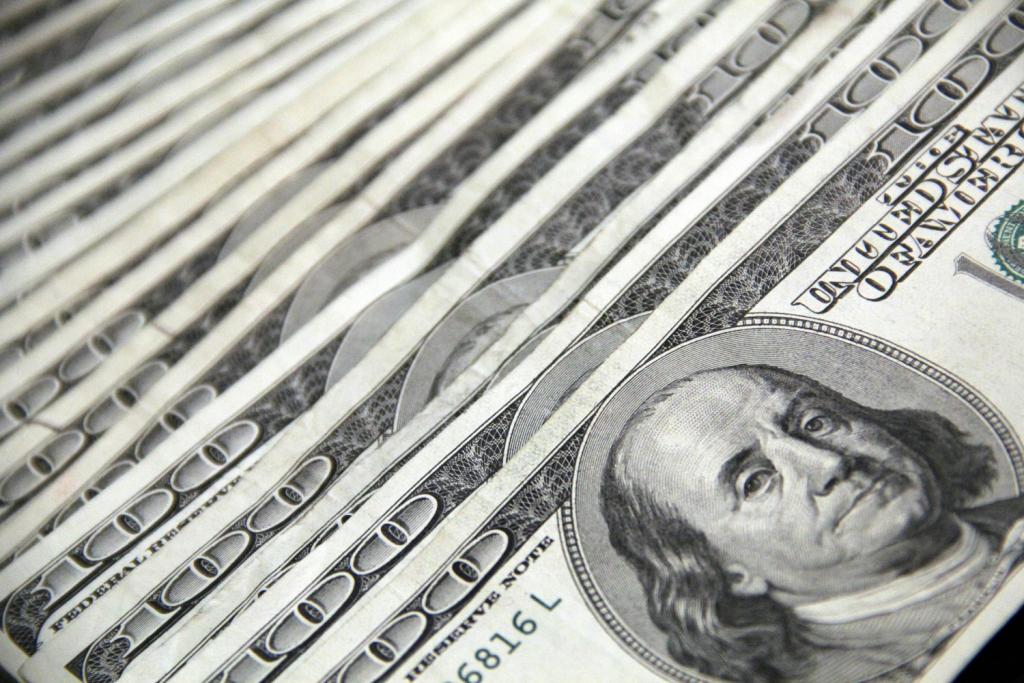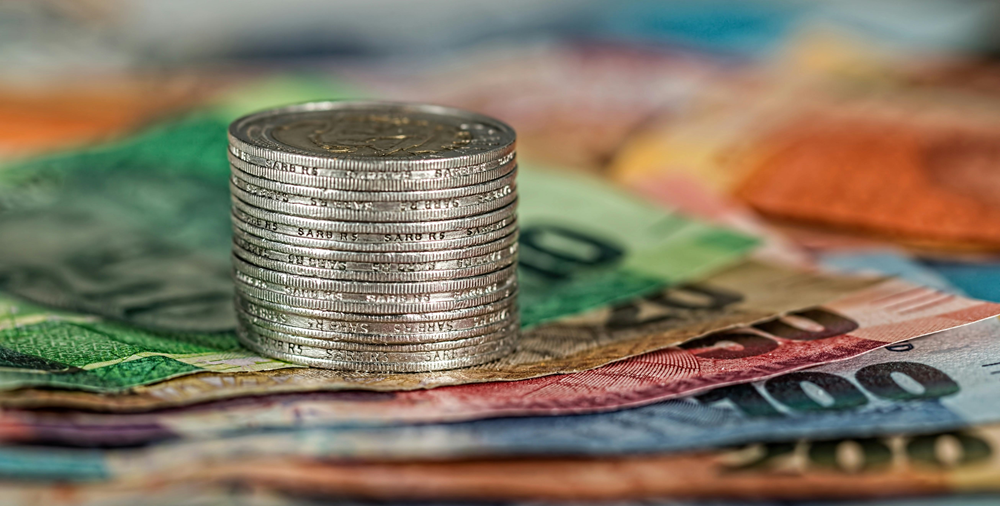Money makes the world go round and it has done so for millennia. From the nascent days of bartering to the first banknotes, money has dramatically influenced how society operates.
Standing as a symbol of civilisation, money has a fascinating history. In this article, we will paint a clear picture of how money emerged, defining the way we do business forever.
A quick definition of money
Surprisingly, money has no intrinsic value but rather works as a store of value that people place in it, facilitating the trade of goods and services. Some money though, such as metal coins, carries a certain value, inherent to the materials used to cast them. Nevertheless, even these coins carry the monetary value that society gives them, according to certain conventions. Throughout history, currencies have taken different forms. Let’s take a leap back in time and see how money came to be.
From the barter economy to the first coins
The earliest form of trade — before money emerged — was barter. People exchanged goods and services for other goods and services of equal value (e.g., livestock for grain or labour for vegetables). These primitive transactions laid the groundwork for the modern economy as we know it.
Rooting back to 6000 BC, bartering was introduced by Mesopotamians to Phoenicians when payments were made in kind (e.g., in the absence of money). Goods such as tea, salt, weapons and food were used as a means of payment. With time, bartering evolved, with Colonial Americans introducing new bartering items — pelts, crops, and muskets.
Who invented money and when?
In 3000 BC, ancient Mesopotamians (populations of the modern-day Middle East) used etched clay tablets to represent debts. This is the first time that barter was replaced with physical means of value exchange.
The first metal coins appeared centuries later. In 600 BC, Alyattes, the king of Lydia had the first metal coins minted. That was the first-ever form of official currency known as the Lydian stater.
Those coins were made from a natural silver and gold mixture known as “electrum”, and stamped with images that served as denominations. Lydia’s currency contributed to the development of the country’s internal and external trading systems, making it the richest economy in Asia Minor. The saying “as rich as Croesus” dates from then and it refers to the last Lydian king, credited for minting the first gold coin.
The rise of paper currency
Fast-forward a few hundred years, we arrive in 7th-9th century CE China ruled by the Song dynasty who introduced paper money. At the time, merchants were burdened with carrying heavy bags of metal coins. So they started issuing transaction receipts. Song authorities granted a few shops the monopoly on issuing these receipts. Around 1020, the emperor took over and started issuing the receipts as the first official banknotes.
By the time Marco Polo, the famous Venetian merchant, explorer, and writer crossed the Silk Road to China in 1271, the emperor had already had a strong grip on money supply and its denominations.
As a fun fact, Chinese banknotes were inscribed with the warning “Those who are counterfeiting will be beheaded”. This inscription appeared in the same place where modern American bills read, “In God We Trust”.
Metal coins continued to circulate in Europe until the 16th century. Thanks to the new acquisition of territories through colonisation, European nations were heavily supplied with precious metals to mint larger quantities of coins.
Centuries later, banks began using banknotes instead of coins for depositors and borrowers. Easier to carry, paper-based money could be exchanged at the bank for their face value in metal, typically silver or gold coins.
Paper money could be used to purchase goods and services. Sounds familiar? Much like today, money served the same purpose then. However, back then it was issued by banks and private institutions instead of the government, which in most countries is tasked with issuing currency.
Between the early and mid-Middle Ages, a bank-like system emerged, paving the way to the modern-day banking system. Small players such as pawnbrokers, who offered temporary loans in exchange for property, money changers, who exchanged currencies for a fee, and merchant bankers, who offered loans either from personal or partners’ funds, shared the money marketplace.
In time, these services were engulfed by a proper banking system. The first national bank was established in 1791, in the United States, following a plan by the first Secretary of State, Alexander Hamilton. He believed that a national bank could stabilise the nation’s credit. And this is how it all began.
The Gold standard
Twenty-five years later in 1816, England introduced the gold standard. Each banknote was given a certain value in gold, meaning that only a limited amount of banknotes could be printed. This provided currency stability.
Banknotes were first issued in the United States and vetted by the Congress in 1861. They served primarily as a means of emergency funding for the Civil War. Evocatively named “greenbacks” due to the colour, the US dollar would become the world’s primary trade and reserve currency.
In 1870, the gold standard was introduced in the United States too, according to the Gold Standard Act. Under the Act, money printing was dictated by the amount of gold that the country had stored in its reserve.
By the 1970s, the gold standard would be dropped due to its volatility and the limitations it imposed on the government.
Money as we know it
Passing the test of time, although it’s gone through numerous transformations, from coins to banknotes, money continues to evolve, featuring characteristics to prevent counterfeiting such as the metallic security thread.
Introduced in the 1940s by the Bank of England to prevent Nazi Germany from flooding the country with fake currency, by 2021, the metallic thread became a hallmark of 95% of the banknotes in global circulation.
Apart from cash such as notes and coins, modern-day money comes in electronic form on credit and debit cards and digital currency, including Bitcoin, Ethereum, Tether, and others.
The history of credit cards goes back to 1950s America and the Diners Club. Allowing lenders to set a credit limit, credit cards allow users to spend only a certain amount of money up to that limit before they can repay it to continue using them.
Debit cards did not enter the scene until after credit cards. The first debit cards were launched by the Bank of Delaware through its 1966 debit card pilot programme.
From payment cards to online payments there was only one step and a few decades. In 1982, Boston Computer Exchange was founded as the very first online marketplace. That was the turning point. The money realm and people’s perception of it was shapeshifting.
The early 1990s witnessed the rise of eCommerce giants like Amazon and eBay, both of which recorded a sales volume of 1 million by 1997. One year later, PayPal debuted in the online world, offering e-shoppers a secure and more convenient way to pay. 2009 saw the launch of competitor platform Square, helping merchants process debit and credit card payments online and in stores smoothly.
But this is not all, 2009 was also the birth year of Bitcoin, the first and most valuable cryptocurrency. Since then, thousands of cryptocurrencies have been minted and mined. According to Statista, as of 2023, more than 9,000 cryptocurrencies were traded across the world’s crypto exchanges. Do you trade or hold any cryptocurrency?
Watch this space for all things money, Forex, currency and cryptocurrency trading and follow TibiGlobe for real-time updates on X, Facebook, Threads, Telegram, and LinkedIn. Let’s connect!
This article was originally posted on TibiGlobe’s official Medium page.
